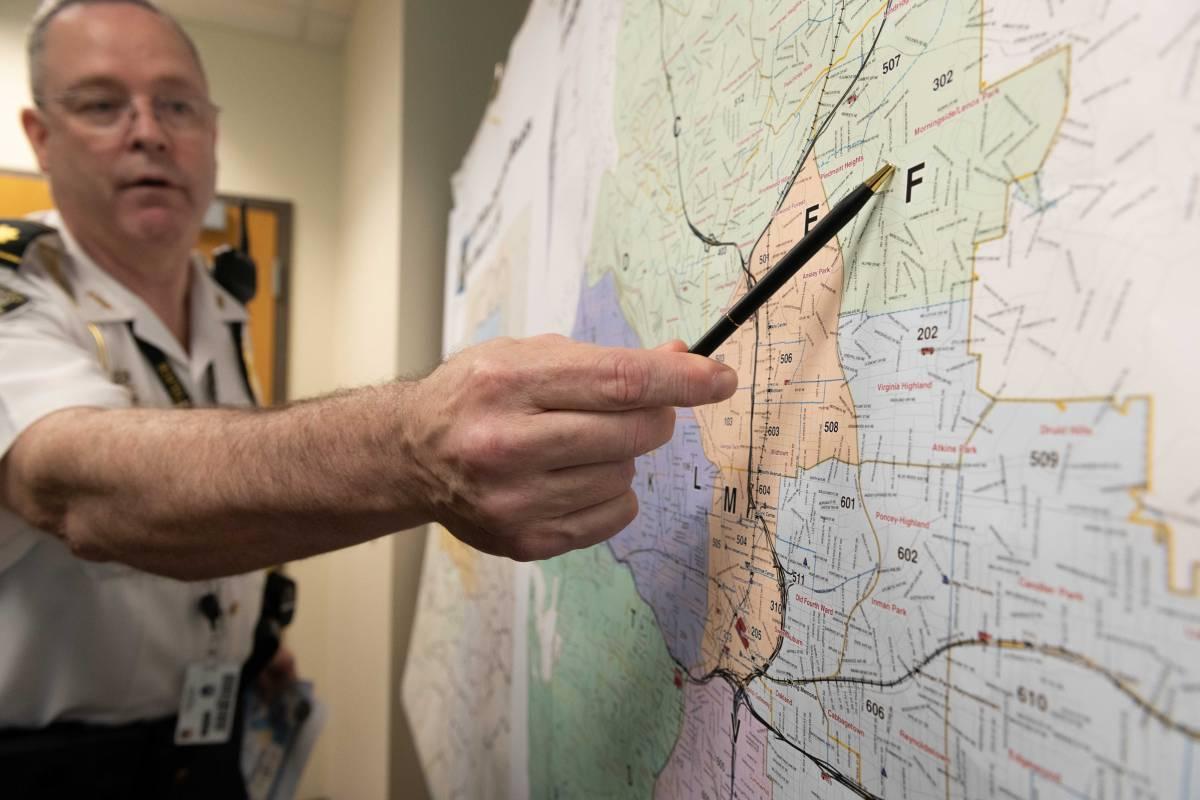How Yao Xie is leveraging artificial intelligence to help fight crime

Data-driven policing is relatively new to the artificial intelligence (AI) scene, and many police departments across the country are interested in using this technology to help solve some of their systemic challenges, such as privacy protection, better resource allocation and bias reduction.
Yao Xie, associate professor and Harold R. and Mary Anne Nash Early Career Professor in industrial and systems engineering, and associate director for the Machine Learning Center at Georgia Tech, has been working on data-driven policing for years. Funded by the Atlanta Police Department and the City of South Fulton, GA, in an effort to use data to solve some of their larger challenges, Xie has been working on this area since late 2016, leveraging AI to help make policing more effective and efficient.
An important part of police investigations is to understand whether cases are related in order to catch serial or organized crime operators. However, the amount of time it takes one or several officers to pore over thousands of cases looking for similarities is impractical. So, Xie’s first project with the Atlanta Police Department was to develop and help implement an algorithm that could find these correlations faster, narrowing down the number of cases that need to be individually examined from thousands to 50 or so.
“Back in 2017, there were 23 similar house break-ins in the North Buckhead neighborhood in about a 5-mile radius,” Xie explains. “There was a clear pattern in the way this individual broke in and ransacked particular rooms. By using this algorithm, Atlanta police were able to narrow down the cases they examined and link all of these crimes together and attributed them to one perpetrator, who was caught and prosecuted.”

Redrawing Police District Boundaries
Another segment of Xie’s work with the police — optimizing police zone design — sought to make police patrolling more effective.
Police districts across the country are generally divided into geographical zones, contained or designated by imaginary borders. Each zone is then subdivided into “beats,” or the smaller territories that individual officers are assigned to patrol at different times of the day.
The Atlanta Police Department has six different zones — Northwest, Southeast, Southwest, Downtown, and more — which are broken out into approximately 80 beats, with roughly one patrolling unit per beat with one or two officers in each car. When someone calls 911, the dispatcher must decide who is the closest and most available unit to send to respond.
“How the boundaries are drawn becomes very important because of the limited number of police officers that are tightly controlled by staffing budgets,” says Xie. “The design the department was working with hadn’t changed in 10 years. The population is now very different, as well as other factors like traffic patterns and changes in police workload.”

Xie spent a year looking at the information the Atlanta Police Department had gathered about their patrolling layout, and she used statistical machine learning and AI to solve their optimization problem.
By having an algorithm work through massive-scale, real-world data from 2011 through 2018, with millions of instances and 200 unique categories, the department was able to redraw their zone lines in March of 2019 with a better understanding of police workload and predicted response times — with crime rates dropping as a result.
In 2020, Xie and the Atlanta Police Department are continuing to monitor and understand how effective the new zone design is now that it has been in place for more than a year. In addition, Xie worked with another police department in the City of South Fulton to redesign their beats, which had not been changed for more than 40 years. The design was passed by the City Council in January 2020 and implemented afterward.
“We’re working together to do systematic analysis on where we see the most improvement, where we’re not, and what we can do better,” says Xie.